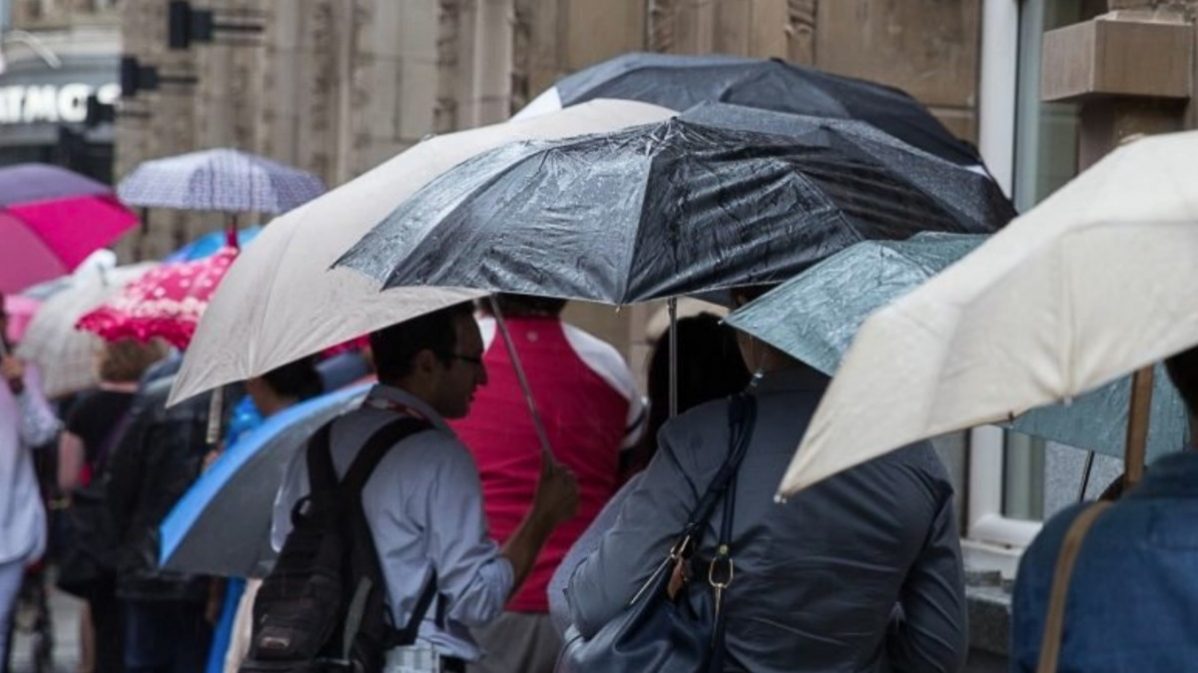Extreme weather predicted to become the norm in Toronto
Toronto has been no stranger to extreme weather. From ice storms and flooding to heatwaves and windstorms, the city has been subjected to many drastic changes over the years.
It may feel as if these weather “anomalies” are becoming more and more common, and according to Jim Baxter, director of the City of Toronto’s environment and energy division—they are.
Baxter says a predictive study has shown that storms and other weather events will become “more frequent and more severe.”
The rainstorm on Aug. 7 encapsulated what an extreme weather event can do; in under two hours over 100 mm of rain fell in parts of the city, flooding property and causing damage to structures across the city.
George Brown College was not spared as classes at both the Waterfront and St. James campuses were disrupted due to the flooding.
The rainstorm resulted in significant flooding and water damage on the main levels and in the basement of the Waterfront campus, while some rooms at the St. James campus recorded damage.
While emergency response teams were able to restore the main and upper levels of that building, the basement, which received the brunt of the damage, will remain closed until major repairs can be made.
Following the incident, GBC’s director of communications Brain Stock addressed the college’s emergency response to the flooding saying that is was hard to predict and prevent.
Stock indicated that the college is working to fully restore the Waterfront campus, but until then, students can access the facilities at St. James.
During the restoration phase, however, certain considerations will be made.
“There will be a full assessment of whether we have the right and best possible systems to handle these kinds of incidents,” Stock explained.
Baxter explained that the city of Toronto is currently working on a resilience strategy to prepare for potential future storms. They have also created “resilience reception centres” around the city that can be used by people for power, heat and shelter in the event of an emergency.
For days with extreme heat, the city has “cooling centres” that offer a place to escape the heat and re-hydrate.
According to Baxter, while the newly elected Progressive Conservative government is planning on cutting a number of climate change initiatives, the city is still aiming to do its part to reduce its carbon footprint.
About a year ago, city council approved Transform T.O, a long-term climate management strategy that aims to cut carbon emissions by 90 per cent of the 1990 levels by 2050.
“Toronto is taking a leadership position in Ontario to fight climate change,” Baxter says.
Similarly, GBC continues to embark on initiatives to improve sustainability and decrease the effects of climate change.
“There is a lot of work being done in a lot of everyday things such as paper management and the temperatures of our campuses and a lot of decisions are made to improve our carbon footprint in the everyday operation of the college,” said Stock.
Both Baxter and Stock are calling on students to play their part by minimizing their carbon footprint.
Stock relayed that environmental factors are addressed within programs, such as reduced use of paper in submitting assignments digitally.


